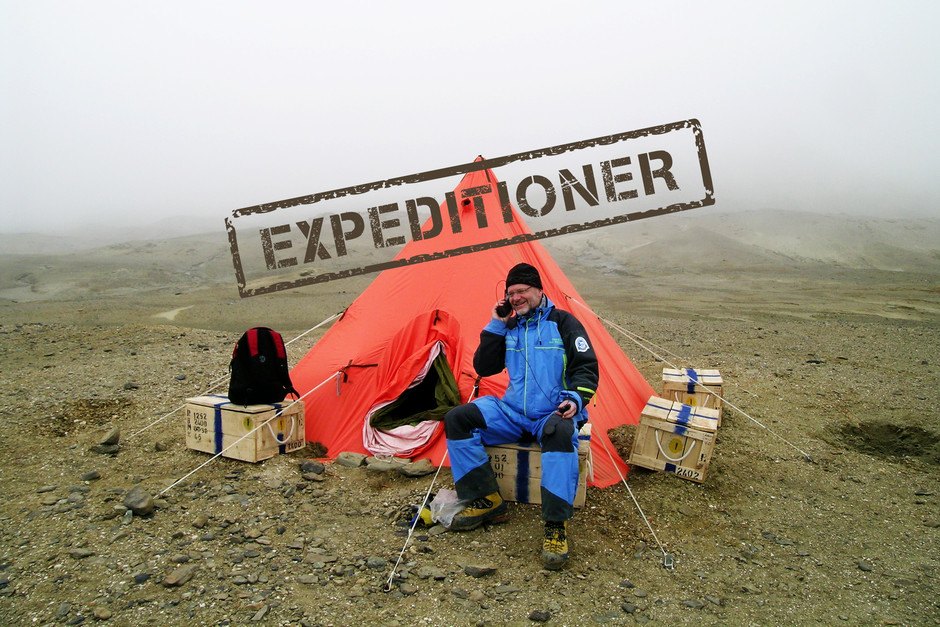Gathering knowledge of the earth
As early as several centuries ago, explorers set out to discover the known world. They collected research material — plant and animal specimens, minerals and tissue samples — that are still kept in museums of natural history around the world.
Now the Earth’s geography is well known. But nature continues to be surveyed because it is estimated that only a small portion of all the species on Earth are known — perhaps as little as ten per cent.
Together with colleagues from other countries, scientists from this museum go on research expeditions both near and far. The museum collections are constantly growing, are loaned out to other museums, and are visited every year by hundreds of scientists from other countries. The collections are part of humanity’s common heritage.
Polar expeditions, then and now
Expedition to Antarctica 1901
Among the discoveries made during the Antartica Expedition 1901 were the fossil remains of extinct giant penguins that lived 40 million years ago.
Most early explorers were men, and they became heroes of their times. They studied plants and animals, collected fossils and took measurements of the harsh climate.
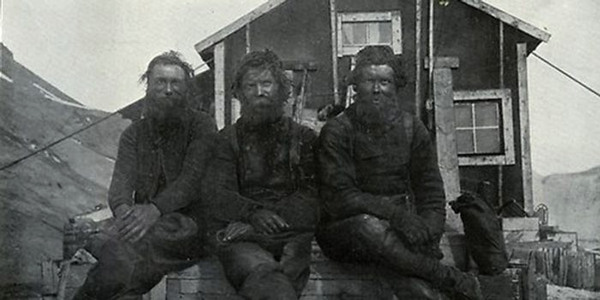
Photo: Swedish Museum of Natural History.
Polar expeditions 100 years later
Over 100 years later, the museum continues to collect research material in the polar regions — but under safer conditions and with many women among the researchers. There are both major expeditions requiring large icebreakers and smaller efforts with few participants.
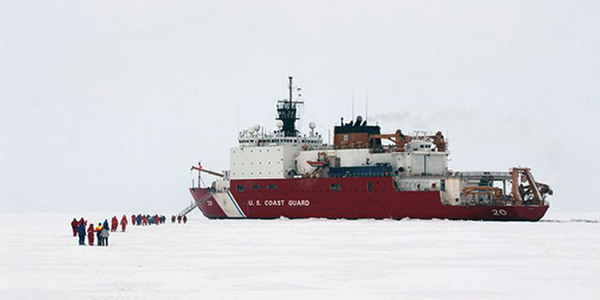
Photo: Stefan Hendricks
– One reason for going on a polar expedition is the sheer adventure of it, to leave the desk and civilisation behind and live on nature’s conditions, explains museum curator Jonas Hagström.
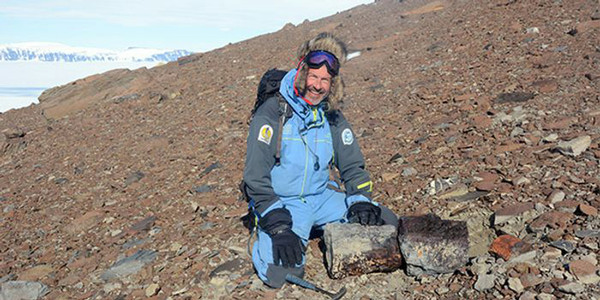
Researcher Thomas Mörs finds fossilised tree trunks in Antarctica in the present day. Photo: Benjamin Bomfleur
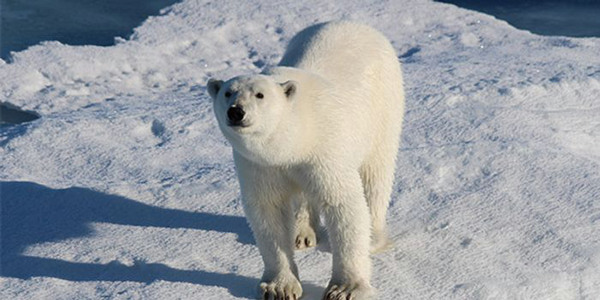
Close encounter with a polar bear. Photo: Mario Hoppmann.
Exploring the tropics, now and then
Most of the world’s plant and animal species live in tropical areas. Many are still unknown to science and are seriously endangered by deforestation and other threats to habitats.
Scientists all over the world are collaborating to collect specimens of tropical plants and animals which are kept in museums where they are studied and scientifically described. The collections are also used within various fields of research, including the determination of relationships between species.
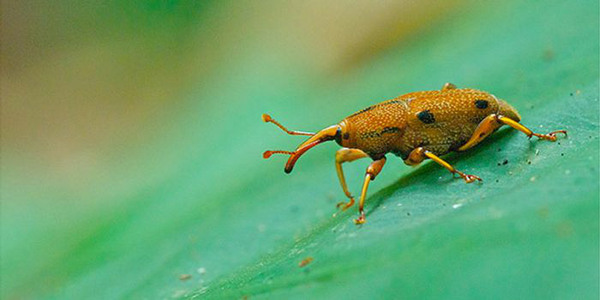
A close-up of an exotic insect. Photo: Kjell Arne Johansson.
Forskare samarbetar världen över för att samla in tropiska växter och djur som sedan samlas på museer där de studeras och beskrivs vetenskapligt. Samlingarna användas även inom olika forskningsområden, bland annat för att kartlägga hur arter är släkt.
Expeditions are often collaborative projects
Today, expeditions are often collaborative efforts in which specialists and students learn from each other. Scientists from this museum also share their knowledge and bring back the results of new discoveries. Seen here, part of an expedition in Vietnam.
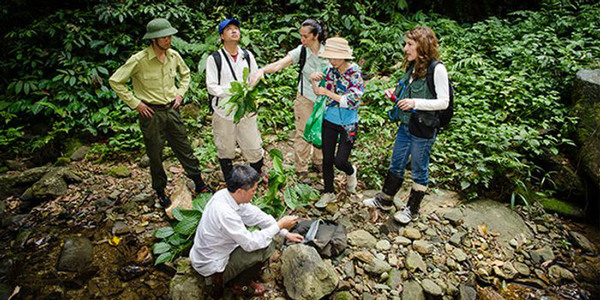
Photo: Johannes Lundberg.
Deforestation makes the collection work extra important
Destruction of rain forest is a growing threat to plant and animal species which gives added importance to the collecting efforts of museums. To the right, a devastated rain forest — an increasingly common sight.
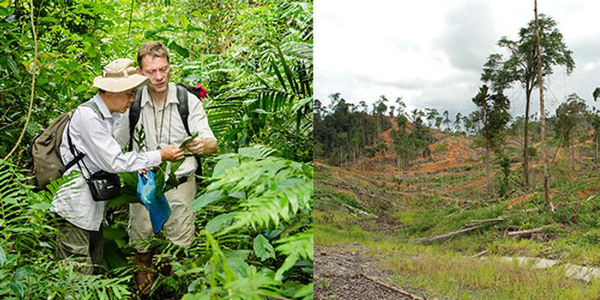
Photo: Niklas Apelqvist.
The Malaise couple on an expedition with an insect trap
In 1934 entomologist and inventor René Malaise and his wife Ebba travelled to Burma where he tested his new invention — the trap named after him which is used by scientists all over the world to collect insects. In the picture you can see a diagram of a Malaise trap and the Malaise couple.
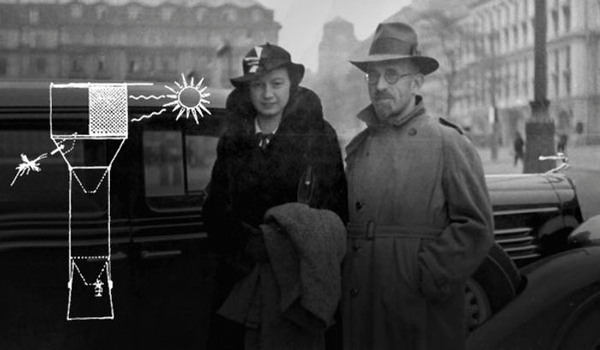
Photo: Swedish Museum of Natural History.
Welcome in!
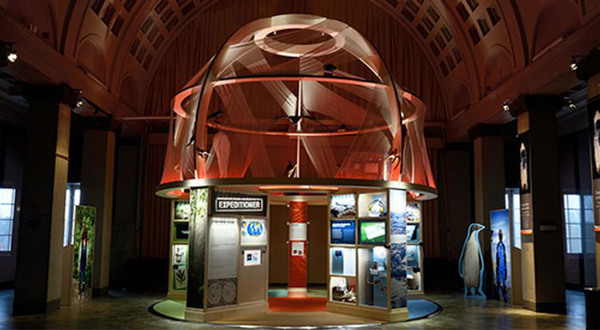
The expedition exhibition. Photo: Bengt Olofsson.
Available: Permanent exhibition
Hours:
| Weekday | Hours |
|---|---|
| Monday: | |
| Tuesday: | 11:00 |
| Wednesday: | 11:00 |
| Thursday: | 11:00 |
| Friday: | 11:00 |
| Saturday: | 11:00 |
| Sunday: | 11:00 |
Price: Included in the entrance ticket

